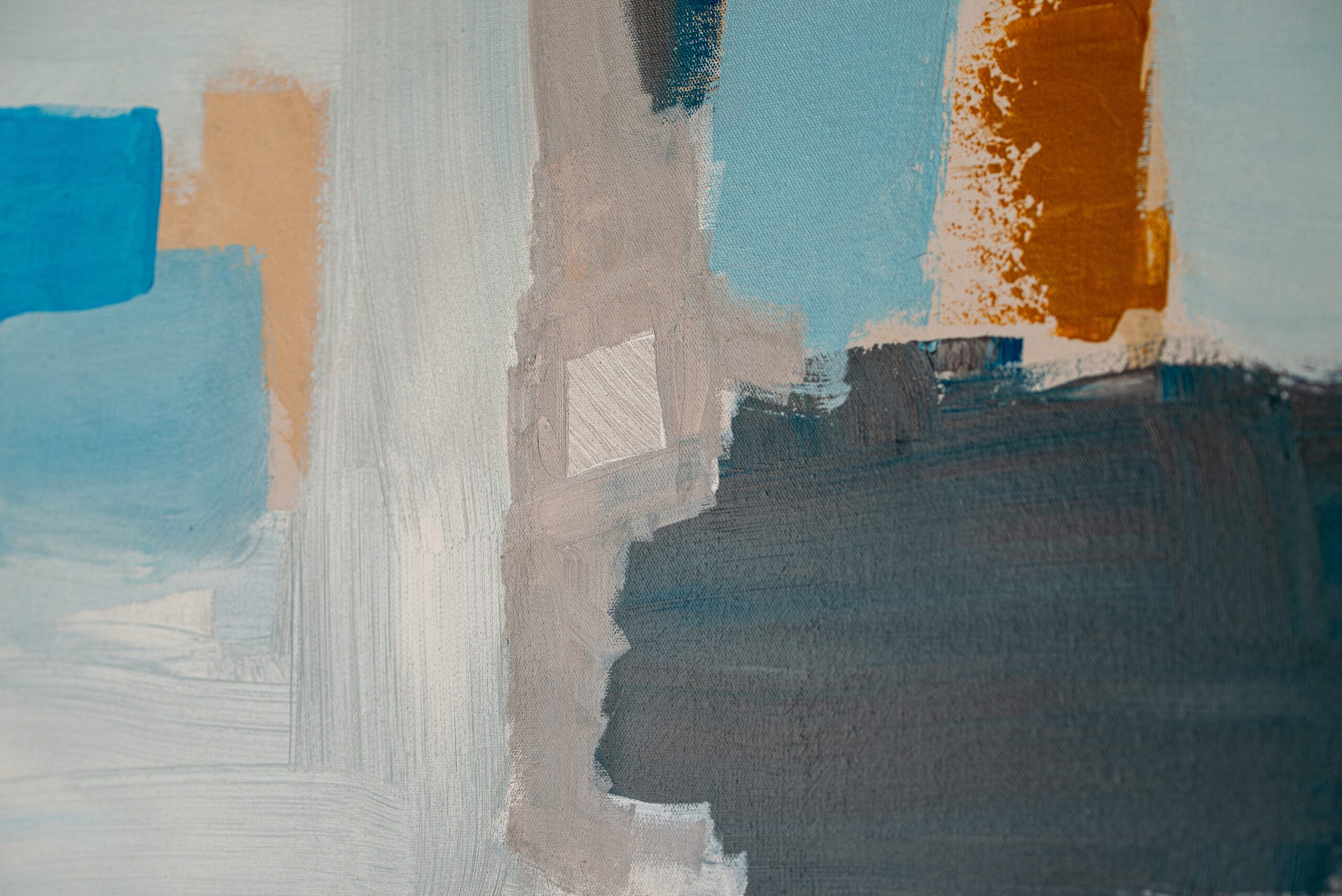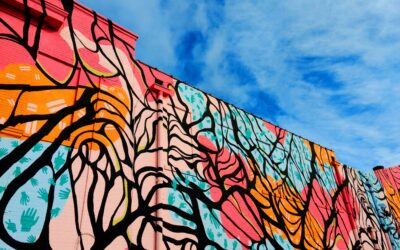Introduction
The world of art is filled with invisible lines—some drawn by culture, others by class or convention. Among the most enduring of these divisions is the one between “high art” and “popular art.” But what do these terms actually mean? Are they still relevant today? And why does the distinction matter?
This article explores the historical roots, cultural implications, and ongoing debates surrounding high and popular art. We’ll examine the evolution of these categories, their relationship with power and identity, and how artists today challenge the boundaries between them.
What Is High Art?
Traditionally, high art refers to forms of artistic expression that are considered intellectually or culturally superior. It is often associated with:
Fine art disciplines such as painting, sculpture, classical music, opera, ballet, and literature.
Academic institutions like museums, symphonies, and universities.
Historical prestige, often rooted in aristocratic or elite patronage.
High art is commonly described as timeless, refined, and complex. It is often intended to provoke thought, elevate the spirit, or explore philosophical and aesthetic ideals.
Characteristics of High Art:
Emphasis on originality and technical mastery
Created for critical interpretation rather than mass entertainment
Often canonized by critics and scholars
Historically linked to European traditions and the upper classes
What Is Popular Art?
In contrast, popular art (or pop art) refers to artistic forms that are widely accessible and embraced by the general public. It includes:
Pop music, comics, TV shows, movies, street art, and digital media
Works designed for mass appeal, entertainment, and emotional resonance
Art forms that reflect contemporary culture, trends, and humor
Popular art tends to be produced and consumed at a larger scale and is often tied to commerce and pop culture.
Characteristics of Popular Art:
Emphasis on accessibility and entertainment
Created for mass audiences
Often collaborative and influenced by technology
Frequently evolving, with a shorter cultural lifespan
A Historical Perspective
Origins of the Divide
The divide between high and popular art emerged strongly during the 18th and 19th centuries, particularly in Europe, when the concept of “art for art’s sake” took hold among intellectual elites.
Art academies began to define artistic merit based on classical techniques and subjects.
The growing middle and working classes, however, embraced novels, folk songs, and later, radio and cinema—forms not recognized by elite institutions.
This tension paralleled broader social divides: who gets to decide what is worthy of preservation and praise?
20th Century Shifts
In the 20th century, the line between high and popular art began to blur:
Jazz was once seen as vulgar but later embraced as high art.
Film became both a mass-market product and an object of scholarly study.
Artists like Andy Warhol and Roy Lichtenstein used pop culture imagery to critique elitism in the art world.
These shifts revealed that artistic value is often socially constructed—not fixed.
Cultural Implications of the Divide
Power and Class
High art has historically served as a marker of class distinction. Access to museums, operas, and fine art training often required wealth, education, and social connections.
Meanwhile, popular art reflected the lives and tastes of the working class, immigrants, and marginalized groups. Its widespread appeal has often been dismissed as “lowbrow” or lacking depth, despite its deep emotional and cultural resonance.
Race, Gender, and Representation
The high/popular art divide also intersects with issues of race and gender:
Many celebrated “masters” of high art were white men from elite backgrounds.
Popular art forms—hip-hop, graphic novels, drag performance—often arise from communities that are underrepresented in the fine art world.
Thus, valuing one form over the other often reflects implicit biases about who is allowed to shape culture.
Contemporary Perspectives
Today, the lines are increasingly blurred. Digital media, global connectivity, and postmodern aesthetics have opened the door for more fluid understandings of art.
Museums Embracing Popular Culture
Major institutions now feature exhibitions on:
Video games and anime
Hip-hop photography
Fashion and design once seen as “low art”
The Victoria and Albert Museum in London, for example, has explored the history of punk fashion, while the Metropolitan Museum of Art has hosted retrospectives on pop icons like Rihanna and Karl Lagerfeld.
Artists Who Cross Boundaries
Many contemporary artists work across both domains:
Takashi Murakami blends traditional Japanese painting with anime aesthetics.
Kehinde Wiley uses classical portraiture to depict Black subjects in modern attire.
Banksy, though widely known through street art, is now collected and exhibited internationally.
These artists highlight that audience reach and intellectual depth are not mutually exclusive.
Rethinking Artistic Value
Rather than debating which form is “better,” a more nuanced approach asks:
What cultural role does the artwork play?
Who does it speak to, and why?
How does it reflect or challenge our worldview?
In this way, high and popular art are complementary rather than oppositional.
Emotional Resonance vs. Intellectual Depth
Some argue that high art offers deep, layered meanings requiring education to decode. Others see popular art as more emotionally direct and culturally relevant.
Both have value. A symphony might offer transcendence; a pop song might capture heartbreak in three minutes. Each speaks to different needs, moments, and audiences.
Popular Art as a Mirror of Society
Popular art is often more responsive to current events, reacting in real time to cultural shifts:
Memes, graffiti, and TikTok videos can go viral and spark global conversations.
Comics and sitcoms offer satire and commentary on politics, identity, and inequality.
Far from being frivolous, popular art can be a powerful tool for storytelling, resistance, and empowerment.
High Art in the Age of Digital Culture
High art is also adapting. Artists and institutions are using:
Virtual exhibitions and digital archives
Instagram and livestreaming to reach younger audiences
Collaborations with pop artists to stay relevant
Rather than isolating themselves from popular trends, many in the high art world are embracing hybridity and innovation.
Education and Accessibility
One reason for the historical gap between high and popular art is education. High art often comes with a learning curve—requiring familiarity with styles, history, and theory.
But with better educational tools, online content, and community outreach, these barriers are slowly breaking down. Art appreciation is no longer the privilege of the few.
Why the Distinction Still Matters
While blending genres is common today, the high/popular art distinction still shapes:
Funding priorities (grants often favor high art institutions)
Media coverage (critics are more likely to review theater than YouTube sketches)
Cultural value judgments (a novel is more likely to be studied in school than a TV series)
Being aware of this helps us question who gets included or excluded from the cultural conversation.
Final Thoughts: Moving Beyond the Divide
Art, in all its forms, enriches human life. Whether in a concert hall or on a smartphone screen, it helps us process our experiences, connect with others, and imagine new possibilities.
Rather than asking “Is this high or low art?”, perhaps a better question is:
“What does this artwork say about the world—and about us?”
As we move further into a global, digital, and diverse society, the most vibrant artistic landscape will be one that embraces complexity, inclusion, and curiosity.




